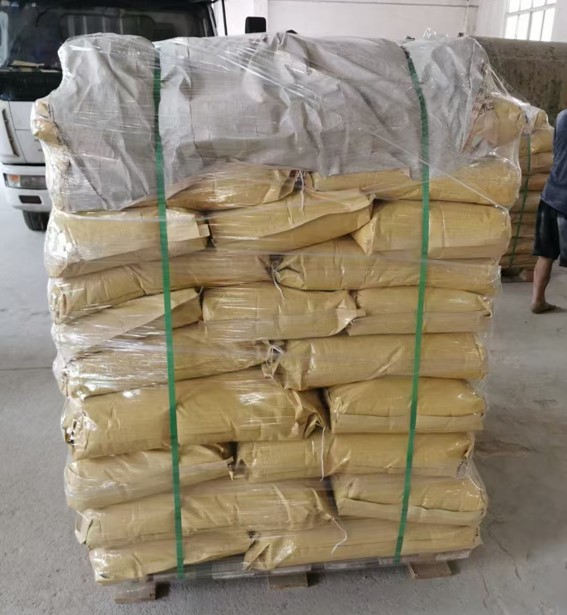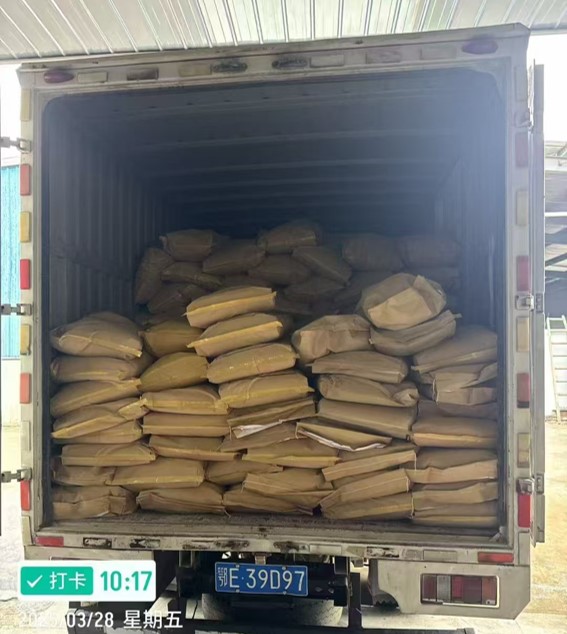Bacillus thuringiensis is a microbial product and bio insecticide for controlling wide range of pests in agriculture.
Sichuan Green Microbial Biotechnology - A professional microbial bio control products manufacturer
Functions and effects of Bacillus thuringiensis:
Bacillus thuringiensis (Bt) contains spores and parasporal crystals. When ingested by insects, the parasporal crystals degrade in the alkaline environment (pH ~10) of the insect's midgut. Through digestion by midgut enzymes, the crystalline protoxin is transformed into an active toxin, which binds to receptors on the midgut cell membrane, disrupting cellular structure. This causes insect paralysis, systemic failure, vomiting, diarrhea, and cessation of feeding. Meanwhile, spores invade the body cavity and blood from the damaged intestinal wall, germinating into bacterial bodies that multiply rapidly, leading to septicemia. Initially, the insect's abdomen turns black, followed by complete darkening and rapid death. Dead insects often hang inverted on leaves and branches.
Bacillus thuringiensis (Bt) can control over 150 species of insects, including Lepidoptera, Diptera, Hymenoptera, and Coleoptera, in crops fruits, and vegetables. Specific pests controlled include:
1. Rice pests: Yellow stem borer (Scirpophaga incertulas), rice leaf folder (Cnaphalocrocis medinalis), rice leaf roller (Marasmia patnalis), etc.
2. Cotton pests: Cotton leafworm (Alabama argillacea), cotton leaf roller (Sylepta derogata), cotton bollworm (Helicoverpa armigera), small bridge worm (Anomis flava), etc.
3. Grain crops: Corn borer (Ostrinia nubilalis), sorghum stem borer (Chilo sacchariphagus), morning glory hawkmoth (Agrius convolvuli), etc.
4. Vegetables: Cabbage white butterfly (Pieris rapae), diamondback moth (Plutella xylostella), tobacco budworm (Heliothis virescens), citrus swallowtail (Papilio xuthus), etc.
5. Forest pests: Masson pine caterpillar (Dendrolimus punctatus), Siberian pine caterpillar (Dendrolimus sibiricus), elm spanworm (Apocheima cinerarius), tussock moth (Lymantria spp.), etc.
Specifications:
| Billion CFU / g | 1 - 10 |
| Finess | 80 mesh, 325 mesh (for foliar spray and drip irrigation) |
| Moisture | 8% max |
Uses and dose:
Bacillus thuringiensis (Bt) (80 Mesh):
1. Mix the product with water (1kg: 1-2L water) for 2 hours (high concentration).
2. Filter the mixture, dilute the filtrate with water to the required concentration before spraying.
3. Spray with high spray water volume to make sure complete coverage on leaves, recommended 1500-3000L/ha.
4. Spray concentration: 10 - 50 million CFU/ml.
Bacillus thuringiensis (Bt) (325 Mesh):
1. Mix the product with small amount of water for 5-10 minutes.
2. Dilute the mixture with 1500-2000 times for spraying.
3. If pest infestation is severe, spray again after 7-10 days.
4. For drone application, the dose is 1.5-3kg/ha (Bt 10 billion CFU/g)
General Application Guidelines:
1. Spray preferably in the evening, on cloudy days, or in the early morning.
2. Avoid spraying under direct sunlight, as intense ultraviolet rays can kill Bt bacteria.
3. If it rains after spraying, re-apply.
4. Apply Bt 3-4 days earlier than chemical pesticides for better efficacy, especially against young instar pests.
5. Apply Bt during the young larval stages.
Storage and Precautions:
1. Do not mix with systemic organophosphate insecticides, bactericides, copper-based preparations, or strong alkaline pesticides.
2. Bacillus thuringiensis (Bt) is highly toxic to silkworms.
3. It is recommended to mix with other microbial insecticides, such as insect virus or Beauveria bassiana formulations. Mixing with non-bactericidal chemical pesticides can also enhance efficacy.
4. Prepare and use in 1-2 hours.
5. Store in a cool, dry place with a shelf life of 18 months.
Package:
25kg/bag craft paper bag


Contact: Mr. Wenjie Huang
Phone: +86-18613239945
Tel: +86-28-6013 0480
Email: wenjie@scgmbio.com
Add: No. 605, Jinling Building, Jingyu Road, Jinjiang District, Chengdu, Sichuan, China